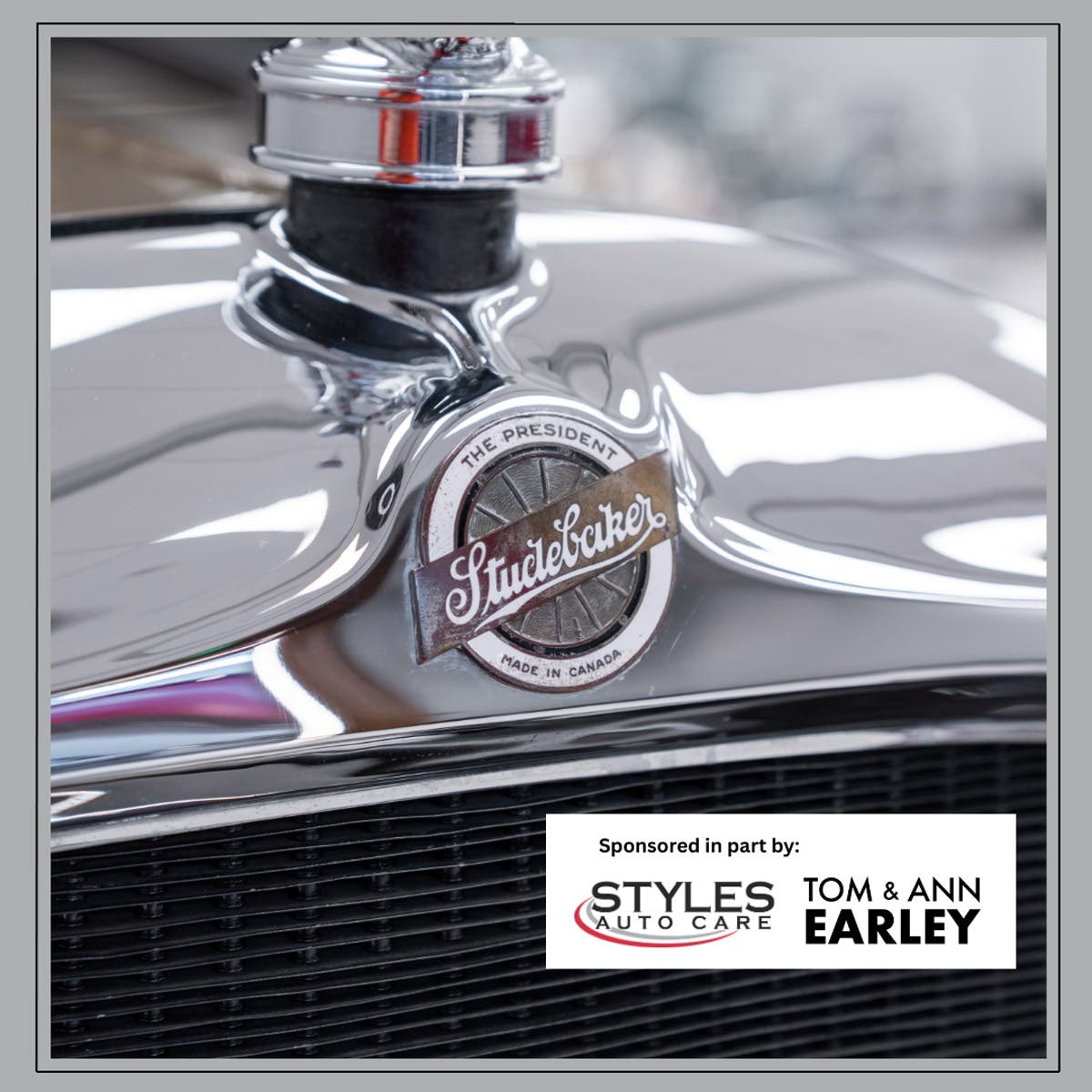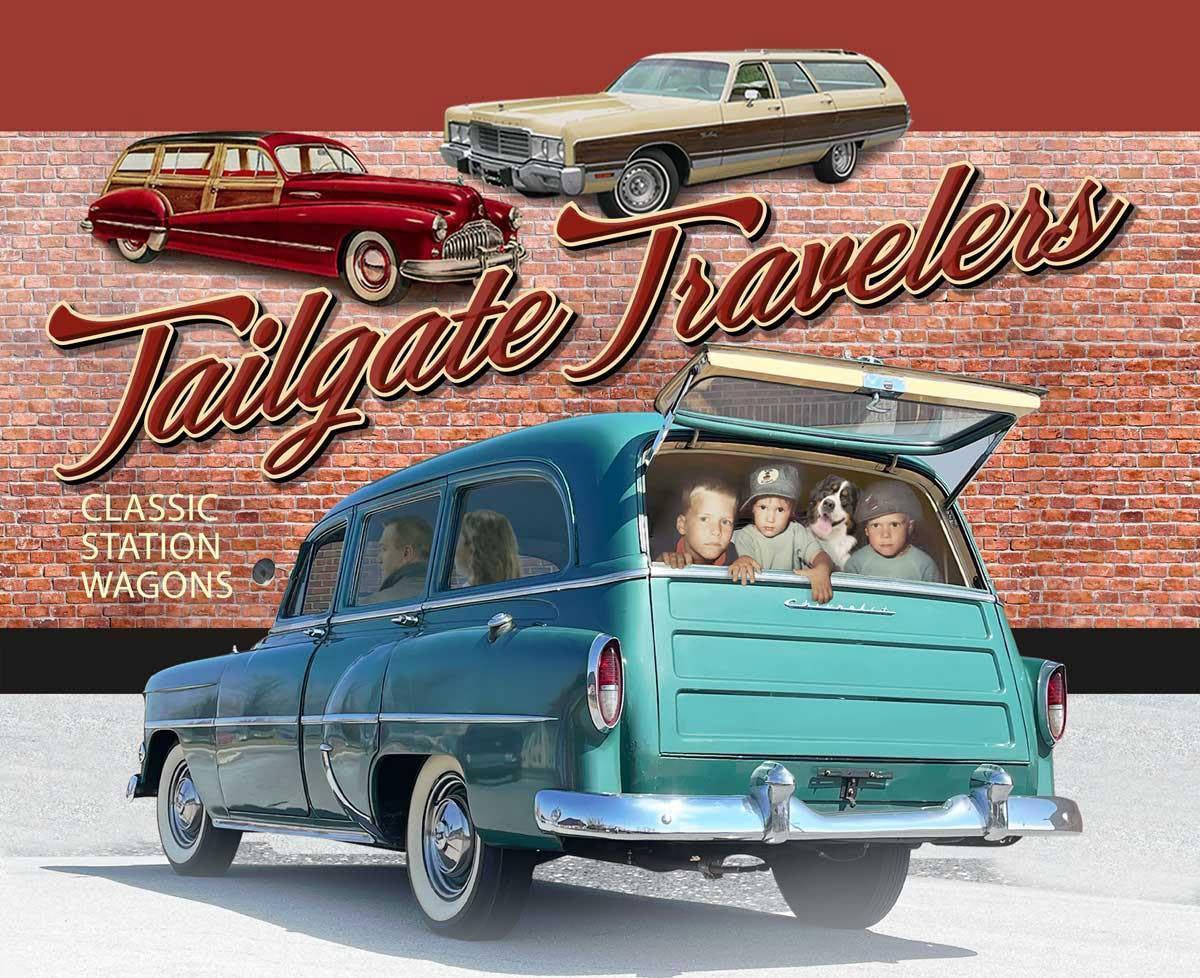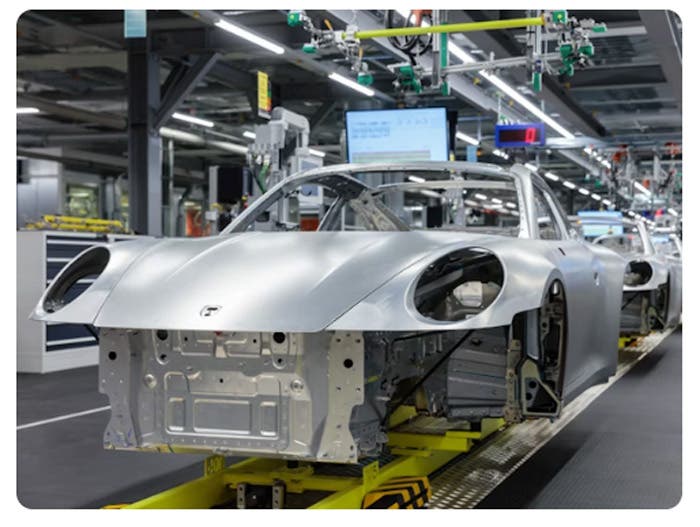Spring car care is in the air
’Tis the season for some spring collector car maintenance. Now that it’s May, it’s time to wrap up your spring car care regimen. The safety checks, lubrication, adjustments and cleaning that you do now will ensure that your car is in tip-top condition for summer.
’Tis the season for some spring collector car maintenance
Story and photos by John Gunnell
Now that it’s May, it’s time to wrap up your spring car care regimen. The safety checks, lubrication, adjustments and cleaning that you do now will ensure that your car is in tip-top condition for summer.
Springtime service on classic cars can begin with lubrication. Changing engine oil is a general maintenance item, but if you overlook lubrication of the steering linkage, transmission shift linkage, parking brake assembly or accelerator linkage, safety problems could arise.
According to Bryan Herndon of the Zero-to-60 Garage (www.zeroto60 garage.com) in Sherwood, Wis., neighborhood auto part stores can supply most necessary lubricants.
“A water-resistant EP chassis lubricant is what you’ll want for chassis lubrication,” he said. “And any good 90W oil will work well in your rear axle housing.”
Whether your car has automatic or manual transmission, lubrication of the shift linkage is important. If the linkage binds, it could affect the ability to control the car. Shop manuals may call for water-resistant EP chassis grease, but Herndon prefers squirting just a little engine oil on the linkage. Don’t forget to also check the transmission’s fluid level while you’re under the hood.
Herndon uses Kendall Super Blu High-Temperature L-417 grease on the parking brake cable, cable guides and operating links and levers. Parking brake lubrication is important on manual-shift cars without a parking gear. Apply it with a short-handle brush.
Accelerator pedal levers can also be lubricated with a little engine oil.
The brake fluid level in a master cylinder is important, especially in a vintage vehicle with a single-circuit system. On older master cylinders, it is necessary to remove the cover of the master cylinder to make sure the fluid level is not more than 1/4 inch below the lowest edge of the filler opening. On later cars, the master cylinder may have a see-through reservoir with the proper level mark molded in the casing.
Many shop manuals recommend DOT-3 hydraulic brake fluid. According to Michael Jonas of Stainless Steel Brakes Corp., “It absorbs water and the proof of this is that if you play with DOT-3, it will make your fingers look like prunes.” Jonas prefers DOT-4 fluid. “It’s really good,” Bryan Herndon adds. “They’ve got some new high-temp DOT-4 that’s outstanding, because it absorbs very low amounts of moisture and takes high heat.” NAPA carries this fluid.
In a collector vehicle with power steering, check the fluid level. When the power steering fluid is warmed to 150 degrees Fahrenheit, the level should be between the “hot” and “cold” marks on the dipstick. If cold (about 70 degrees F), the level should be between the “Add” and “Cold” marks. Remember that power steering fluid doesn’t have to be changed periodically; just top off the reservoir.
In a vehicle with windshield washers, keeping the fluid reservoir filled is a safety service. Follow instructions in the owner’s manual regarding what type of fluid to use and the fill level.
Examine tires for low air levels and uneven wear. Rotating tires achieves more uniform wear and improves safety. Recommended rotation patterns have changed over the years, so follow the advice in a vehicle’s service or owner’s manual. If you don’t have a manual, plan on 6,000 to 8,000-mile rotation intervals.
Checking tire air pressure is important to safety. Do not assume that modern tires, even when designed to look old fashioned, should be inflated to the same pressure as tires of the 1950s or later. Check sidewall markings for the correct inflation pressure.
Examine the condition of the vehicle’s tires. Look for wear or damage to the tread or sidewall. Look for bent or cracked wheels. Use a torque wrench or torque bar to make sure all wheels are tightened to factory specs. In a drum brake-equipped vehicle, check the brake adjustment according to the procedures outlined in the factory shop manual or aftermarket repair manual. If the vehicle has disc brakes, check for wear on the pads and rotors.
Check the exhaust system. Also check body areas near the exhaust. Telltale signs of a leak into the passenger compartment include brown or black soot or water inside the car. Look for broken, damaged, missing or out-of-position parts, open seams, holes, loose connections or other conditions that could cause heat build-up in the floor pan. Such problems can also let exhaust fumes enter the car. When replacing the muffler, replace exhaust pipes and resonators, too.
Check front and rear suspensions. Look for sagging leaf springs. Examine ride height to see if one coil spring is overly weak. Look for loose, damaged or missing steering and suspension parts. When examining the suspension, look for incorrect movement, vibration, looseness, wear, unnatural or unusual bends and heavy scrapes on the components. While under the car, look for lubricant leaks, missing bushings and anything else that might be out of sort.
With a powerful flashlight, sight along brake lines and fluid lines for any damage or leaks. Look for lines that are loose or nearly rubbed through and check for rust. We like to replace mild steel lines with stainless steel duplicates made by Classic Tube (www.classictube.com) or Inline Tube (www.inlinetube.com). We also have wheel cylinders and master cylinder re-sleeved with stainless steel at Brake & Equipment Warehouse (www.brakeplace.com), Apple Hydraulics (www.applehydraulics.com) or White Post Restorations (www.whitepost.com).
Check engine drive belts; a broken belt could strand passengers in an unsafe location with cars screaming by or on a lonely stretch of road. Replace the belts if signs of wear (cracks or frayed rubber) are visible.
Check the throttle linkage for damage or missing parts. Any issues with the linkage could cause interference or binding and make the throttle stick open. Remove the air cleaner assembly to get at the linkage. Drip a small amount of engine oil on the pivot points to lubricate the linkage and prevent binding.
Thanks to John Bergstrom, Jim Wagner, Bryan Herndon, Bill Turney, Michael Jonas (www.ssbrakes.com) and Al Wagner of an American Classic (www.anamericanclassic.com) for their information and photo arrangements.
If you liked this article on collector car care and maintenance, you might be interested in:
- Old Cars Guide to Auto Restoration CD Volume 2
- Eddie Paul's Paint & Bodywork Handbook
- The Collector Car Restoration Home Video Library DVD Set
More Resources For Car Collectors:
- Classic car price guides, research, books, back issues of Old Cars Weekly & more
- Get expert restoration advice for your classic car
- Get car pricing, data and history all in one place
- Sign up for Old Cars Weekly's FREE email newsletter
- Need to buy or sell your classic car? Looking for parts or memorabilia? Search our huge online classified marketplace








